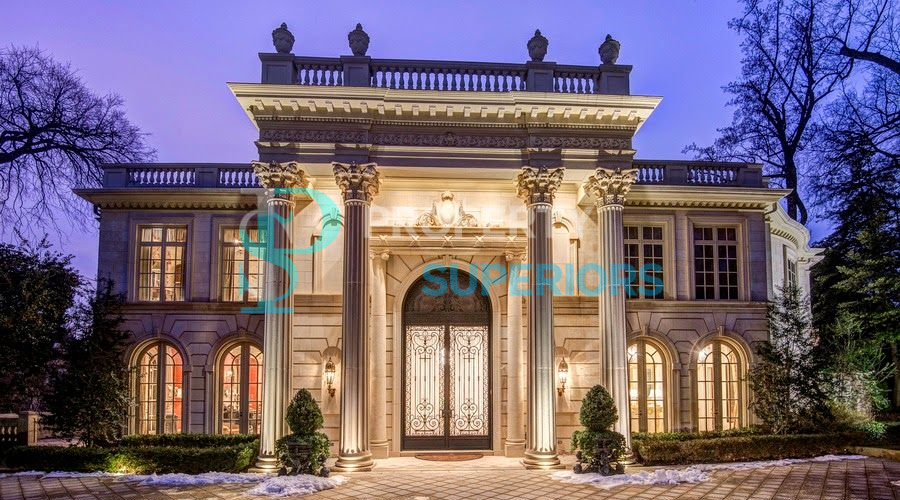
Neoclassical architecture was first developed within the 18th century. Neoclassical architecture generally was influenced by Hellenic architecture and ancient Italian architecture. The walls of structures are vital during this current. With this current, art is combined with architecture. Neoclassical architectures with remarkable features remain important even today. Simplicity and majestic structures have come to the fore. the foremost obvious indicators of neoclassical architecture are the columns.
Neoclassical architecture may be a response to the Rococo current. Balanced, large, and symmetrical architectures were used. Neoclassical buildings are usually public buildings.
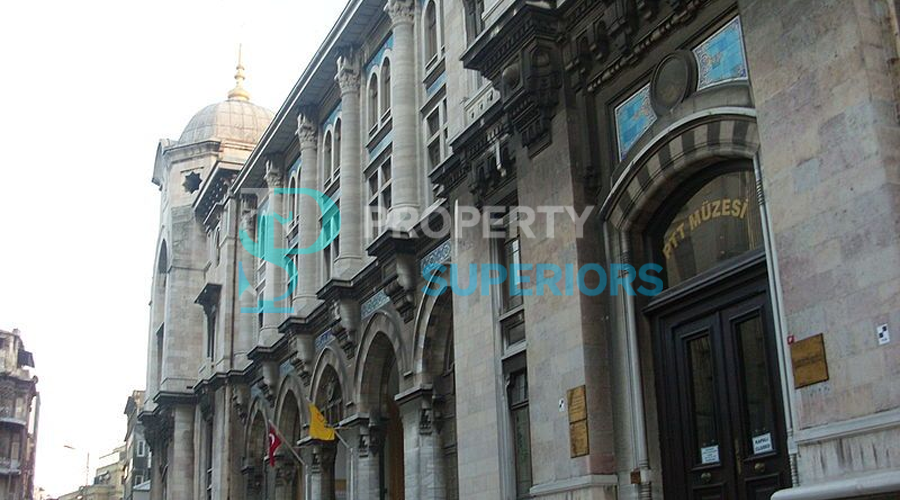
The most important samples of neoclassical buildings are listed below:
- Triumphal Arch (Paris)
- The Madeleine Church (Paris)
- The Parliament building (Washington DC)
- The Brandenburg Gate (Berlin)
- The Rotunda of Mosta (Malta)
What are the Characteristics of Neoclassical Architecture?
When we examine the characteristics of neoclassical architectures, certain lines are considered. Walls are vital in neoclassical architecture and typically have different designs, but they're simple. The concept of simplicity is one in all the most features of neoclassical architecture. Wonders are created with simple designs. Unnecessary details are ignored. Columns and arches are employed in neoclassical architecture. Symmetrical buildings are another feature of neoclassical architecture. Domed roofs are an indication that a building is within the neoclassical style. additionally to a domed structure, it's used on gable roofs within the neoclassical current.
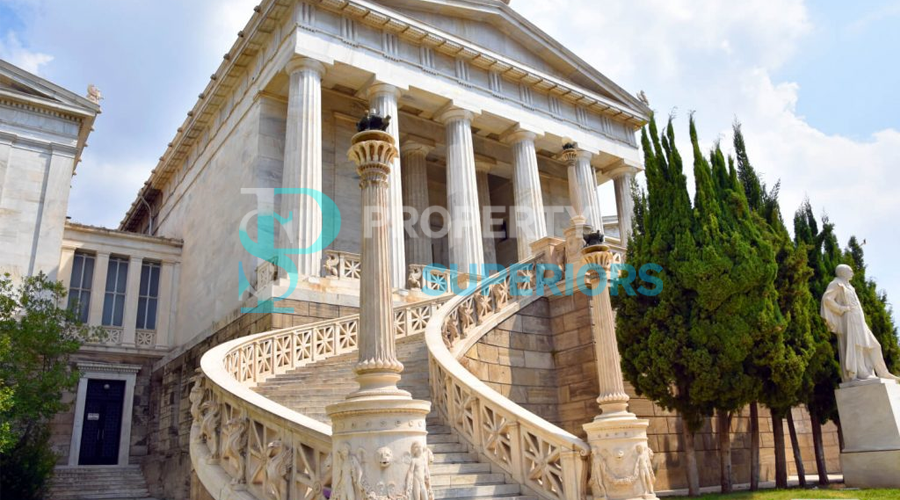
Where Did Neoclassical Architecture Emerge?
Neoclassical architecture originated in Italy. As a results of excavations conducted within the 1700s, a revolution in architecture came about. the most event of the present is that the excavations applied within the ancient buildings of Pompeii and Athens. Although the start of neoclassical architecture was in Rome, it soon became a current that affected all of Europe.
Why Did Neoclassical Architecture Emerge?
The Neoclassical is truly con to the Rococo current. It appeared in Italy to create simple structures popular again. this can be a concept that goes against unnecessary decorations and details. Neoclassical architecture was also born as a reaction to Baroque architecture.
Neoclassical Architectural Buildings in Turkey
The spread of neoclassical architecture in Europe also affected Turkey, which began to Westernize. The Neoclassical architecture of the fashionable Republic of Turkey and also the Ottoman Empire has shown its influence in Turkey in recent times. it's possible to determine an oversized number of Neoclassical architectural monuments in Turkey.
The main samples of Neoclassical architecture are listed below.
1. Istanbul Archeology Museum
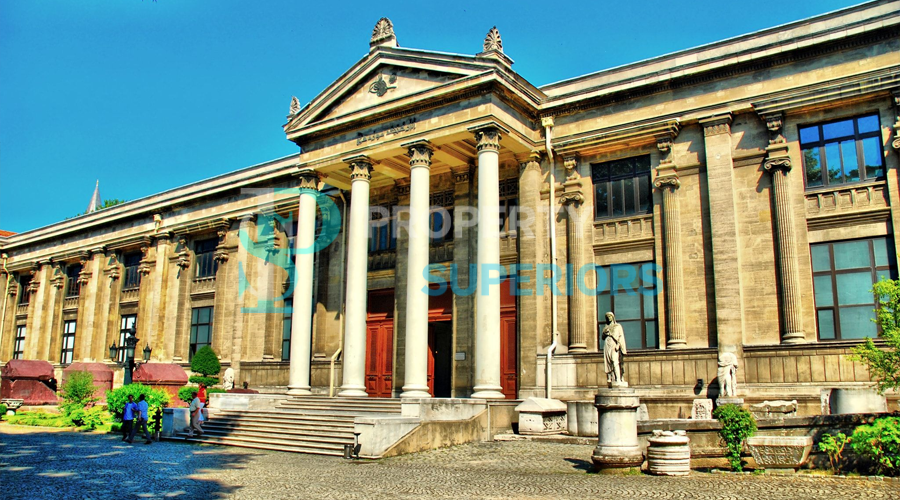
The Istanbul Archaeological Museum is one in every of the oldest museums in-built Turkey. The building, in-built the 19th century, is one in every of the foremost important neoclassical buildings in Turkey. the very fact that there are four columns ahead of the structure and therefore the saddleback style is that the main sign of the neoclassical building style.
2. III. TBMM Building
The construction of the parliament building began in 1937 and was finished in 1960. While a distinct building was used earlier, this place was built and therefore the assembly was moved. Columns are visible on the front face of the building.
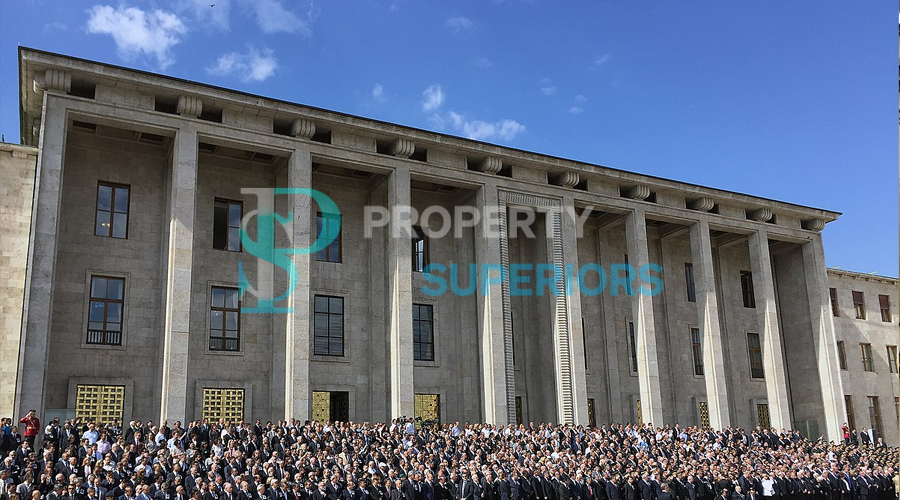
3. Tophane Tower
The Tophane tower was in-built the 19th century. Within the tower, details are the clearest features of Neoclassical architecture.
Should Neoclassical Buildings be Added to Tours in Turkey Holidays?
When we have a look at the neoclassical architectural works, it's seen that the foremost important constructions of the planet also are made during this style. People from everywhere the planet also visit these structures within the city they're visiting. Therefore, neoclassical buildings are those that ought to be included within the tours. These structures are special places that has to be visited. staring at the neoclassical buildings in Turkey, these buildings are located within the tourist areas of Turkey. Therefore, it's necessary to feature these structures to the tours. you'll be able to also check our article which is that the best places to go to in Turkey.
Related posts:
"Smart Homes" are homes that have the latest technology. All of the parts of the house are controlled by technology, so they are fully automated. That means you can control everything in your home with the touch of a button,...
The process of interior design supervision involves the designer overseeing the execution of all tasks, including design, selecting personnel and materials, renovating existing spaces, and completing the project as planned.




 New provisions for obtaining Turkish citizenship through real estate ownership
New provisions for obtaining Turkish citizenship through real estate ownership
 Turkish Real Estate Rental Law 2024
Turkish Real Estate Rental Law 2024
 Ways to obtain Turkish citizenship through investment 2024
Ways to obtain Turkish citizenship through investment 2024
 How to choose an ideal apartment in Turkiye?
How to choose an ideal apartment in Turkiye?
 Turkish passport... Extraction method and fees 2024
Turkish passport... Extraction method and fees 2024
